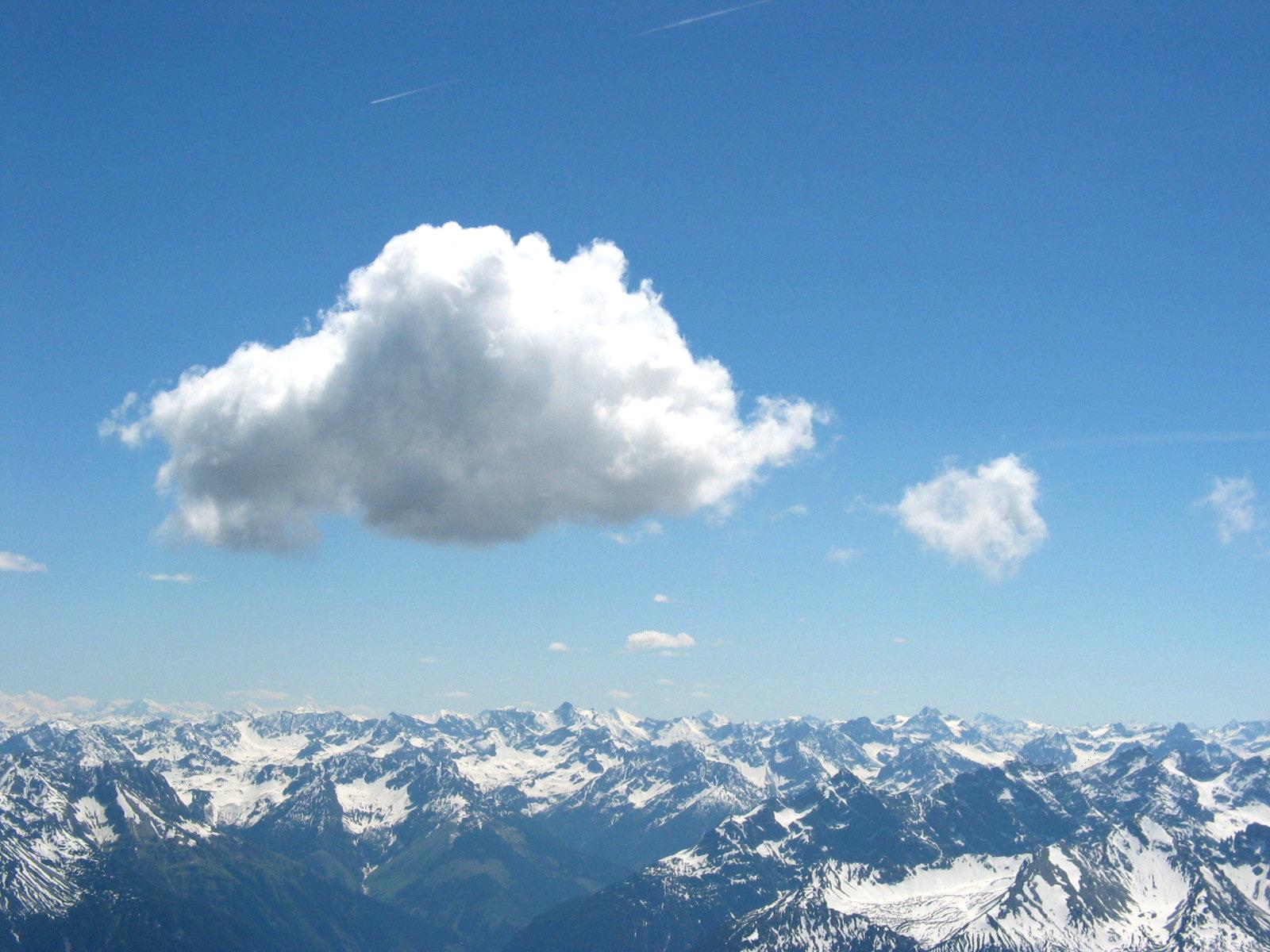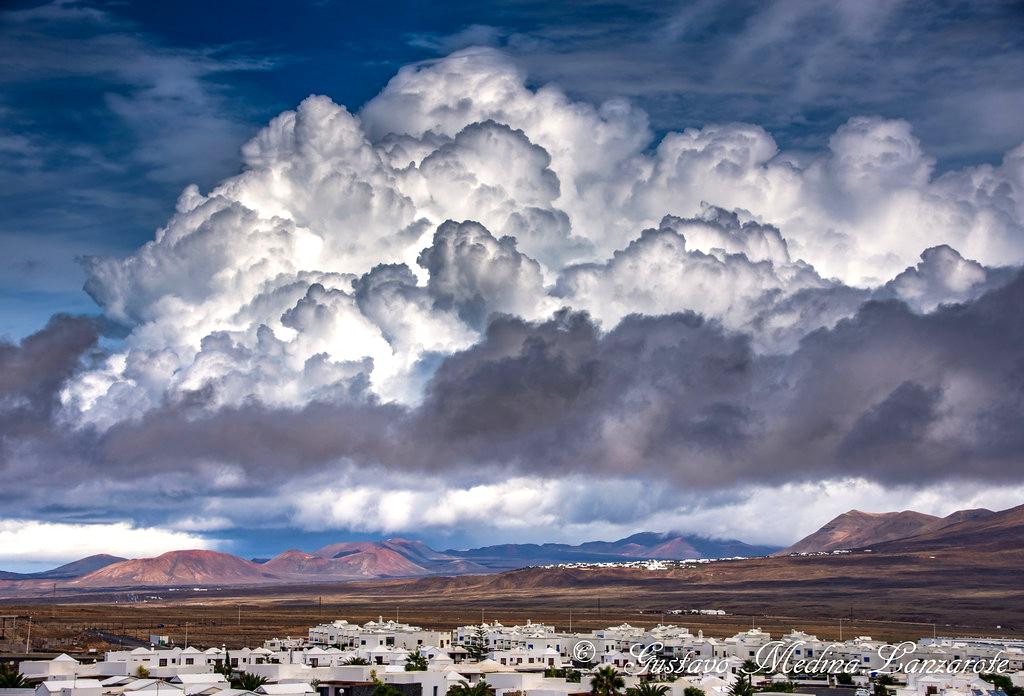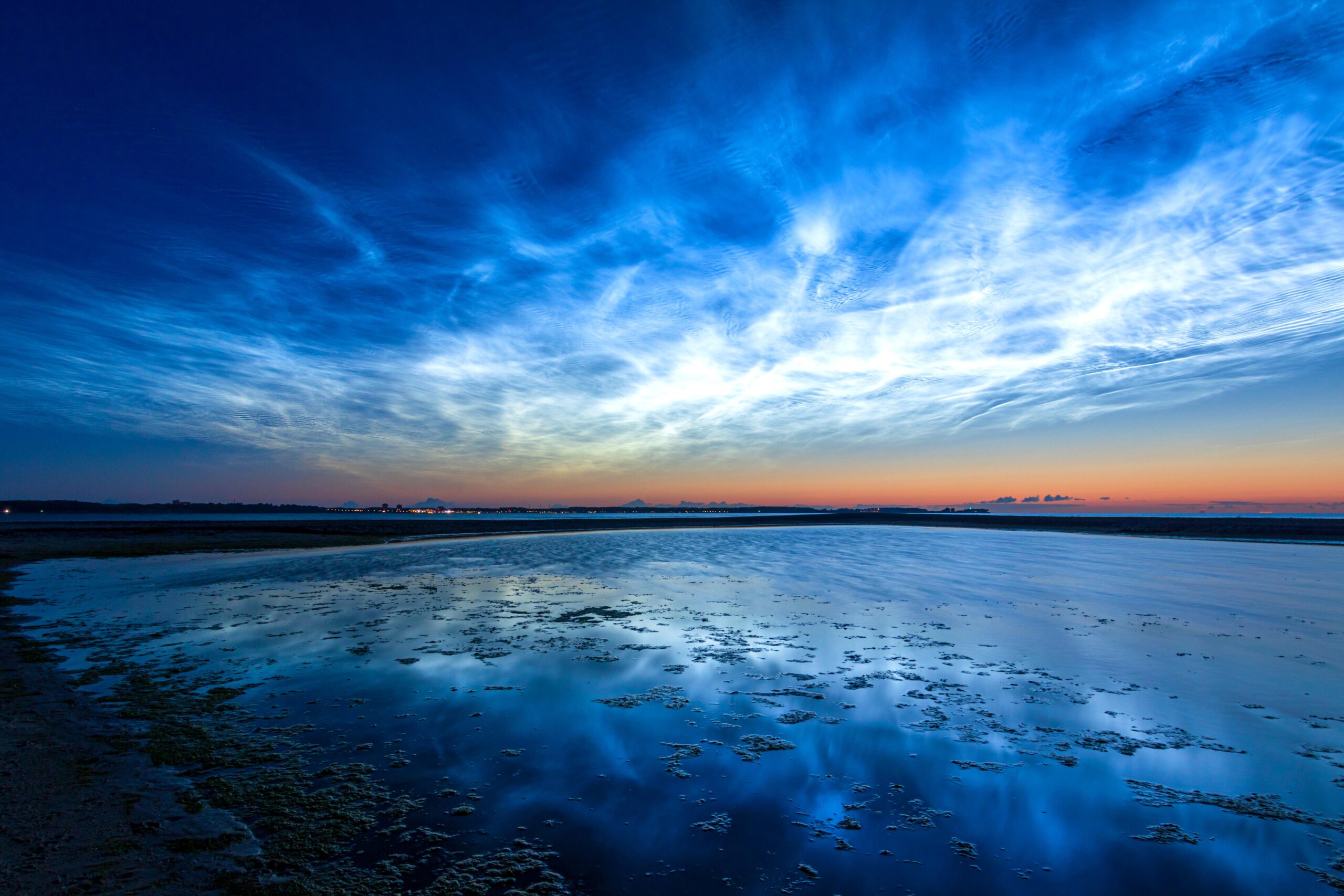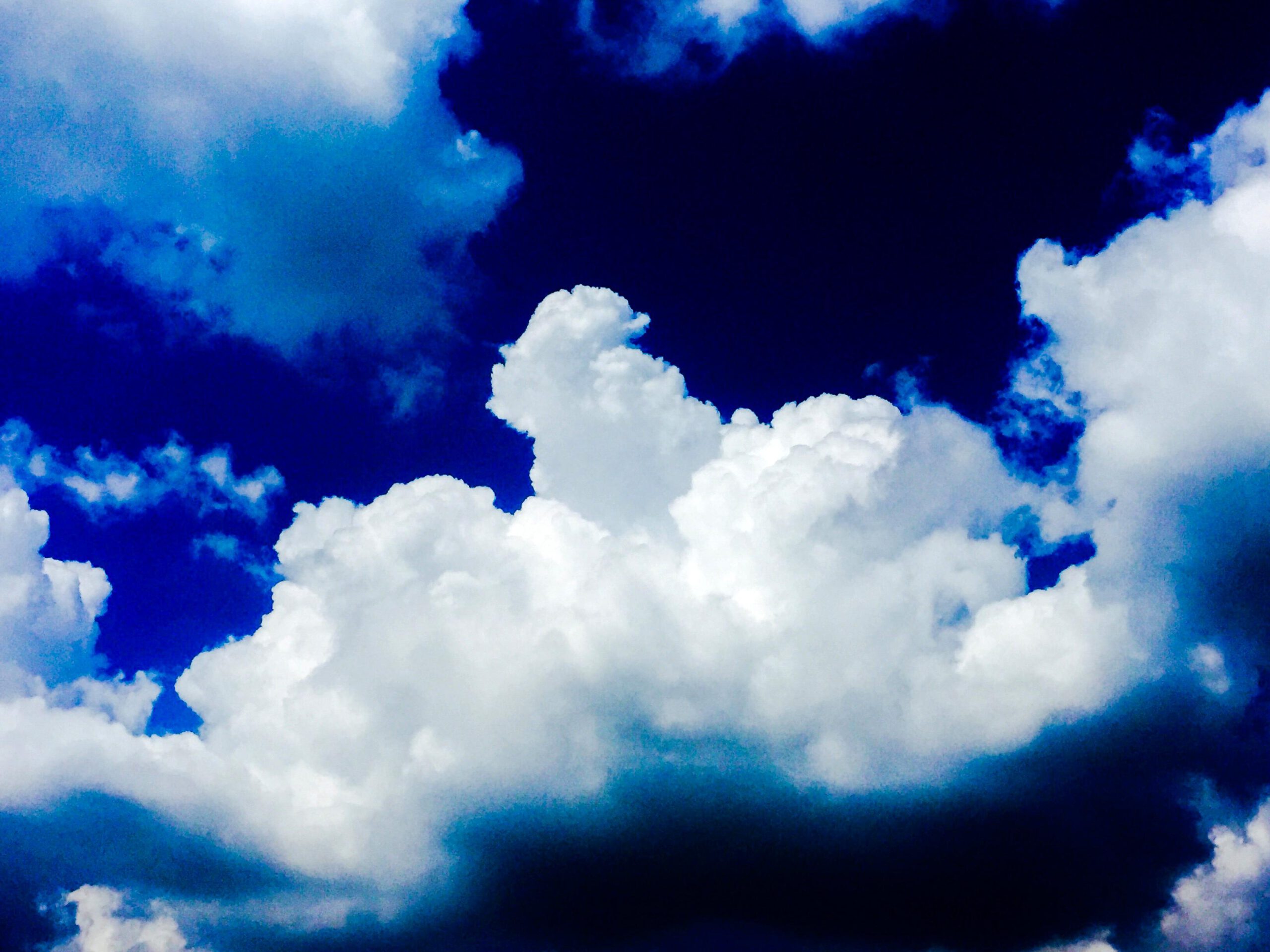- 11 Historic Wildfires That Changed Fire Management Data Reveals - October 4, 2025
- The 1883 Krakatoa Event And Its Global Weather Effects Records Show - October 2, 2025
- How Scientists Use Climate Models To Forecast The Future - October 2, 2025
Fun Facts About Clouds
Clouds float gently across the sky, but there’s much more to them than meets the eye. Let’s dive into some fascinating and fun facts about these fluffy wonders.
Cloud Weight

It might seem surprising, but the average cumulus cloud, those cotton-like clouds you see on fair weather days, can weigh more than a million pounds. Yes, you heard it right! Despite this massive weight, clouds float effortlessly in the sky. How is that even possible? It’s all thanks to the tiny water droplets within them. These droplets are so small and spread out over such a vast area that they don’t fall to the ground. Instead, they float! If you’ve ever picked up clouds—just kidding—but standing under a cumulus cloud is like being under a million-pound giant. Yet, it’s as light as a feather in the sky.
Cloud Speed

Have you ever watched clouds lazily drifting by? Well, don’t let these gentle giants fool you. When driven by strong winds at high altitudes, clouds can move at incredible speeds of up to 100 miles per hour. Imagine driving down a highway, looking up, and seeing clouds racing alongside you! This rapid movement helps them travel across the globe, affecting our weather in sometimes dizzyingly fast ways. Though we often see them as calm and serene, clouds can be anything but when the winds pick up.
Cloud Types

Clouds are classified into ten main types based on their appearance and altitude. There’s more to clouds than just their fluffy exterior. You have airy, wispy cirrus clouds high up in the sky, indicating fair weather. Then, there are the towering cumulonimbus clouds, massive and towering, signifying thunderstorms. Each cloud type tells its own unique weather story, and skywatchers can learn to read these stories just like a book. Whether it’s predicting rain or sunshine, clouds have their own way of communicating with us.
Clouds on Other Planets
Earth isn’t the only planet that wears clouds as decoration. Other planets in our solar system have clouds too, but some are made of materials a bit more exotic than water. For example, Venus is often enveloped in thick clouds of sulfuric acid, creating a harsh atmosphere. On Jupiter, the clouds are made of ammonia crystals, swirling in beautiful patterns as they dance across the gas giant’s atmosphere. Each planet’s clouds provide clues to the conditions and compositions of those distant worlds.
Noctilucent Clouds

Noctilucent clouds are the highest clouds in Earth’s atmosphere, found in the mysterious mesosphere, well above where flight occurs. These rare clouds appear to glow at night, often taking on a silvery or bluish hue. They form when tiny ice crystals catch and reflect the sunlight long after the sun has set. Seeing noctilucent clouds is like watching a night-time magic show, with lights dancing across the sky. They’re a natural wonder that continues to captivate those lucky enough to spot them.
Clouds Are Full of Water
Every cloud you see is a bustling hub of activity, filled with millions if not billions of tiny water droplets or ice crystals. The formation of these droplets depends on the altitude and the surrounding temperature. It’s like a sky-high reservoir, holding onto moisture and releasing it as rain when conditions are just right. This cycle is a vital part of weather systems, helping to distribute water across the planet. So the next time you see a cloud, remember it’s much more than a fluffy sky puzzle; it’s a key player in Earth’s water cycle.
Fog Is a Cloud
Next time you’re enveloped in a foggy mist, think of it as standing inside a cloud. Fog is essentially a cloud that has formed near the ground rather than high above. Just like higher clouds, fog consists of tiny water droplets hanging in the air. It’s what makes early mornings feel so mystical, as if you’ve stepped right into the heart of a cloud. This revelation might turn ordinary fog into a small wonder of nature in your daily life, making you appreciate those low-lying clouds a little more.
Animals in Clouds?

Many people have experienced the phenomenon known as pareidolia, where we perceive familiar shapes in random patterns. This is why we often spot animals, faces, or other objects in the clouds. Have you ever seen a dragon lazily drifting across the sky or a fluffy sheep appearing out of nowhere? It’s all in your mind’s eye, a playful trick where your imagination and reality blend seamlessly. The vibrant imagery makes cloud-watching a fun and creative pastime for people of all ages.
Fast Formation
Clouds can pop up in what seems like the blink of an eye. When warm, moist air rises quickly and cools, clouds can form within minutes. It’s like magic! One moment the sky might be clear, and the next moment it’s full of fluffy formations stretching across the horizon. This rapid formation is a testament to the dynamic and ever-changing nature of our weather. So, while they seem static, clouds are constantly on the move, creating new shapes and stories above us.
Clouds and Climate
Despite being fluffy and ethereal, clouds have a significant impact on Earth’s climate. They act like Earth’s natural thermostat, reflecting sunlight back into space, which helps cool the planet. Simultaneously, they trap heat in the atmosphere, keeping us warm. This fine balance is crucial in regulating the temperatures we experience here on Earth. Without clouds, life would be drastically different, showcasing how these sky dwellers are more than mere decorations—they’re guardians of our climate.
